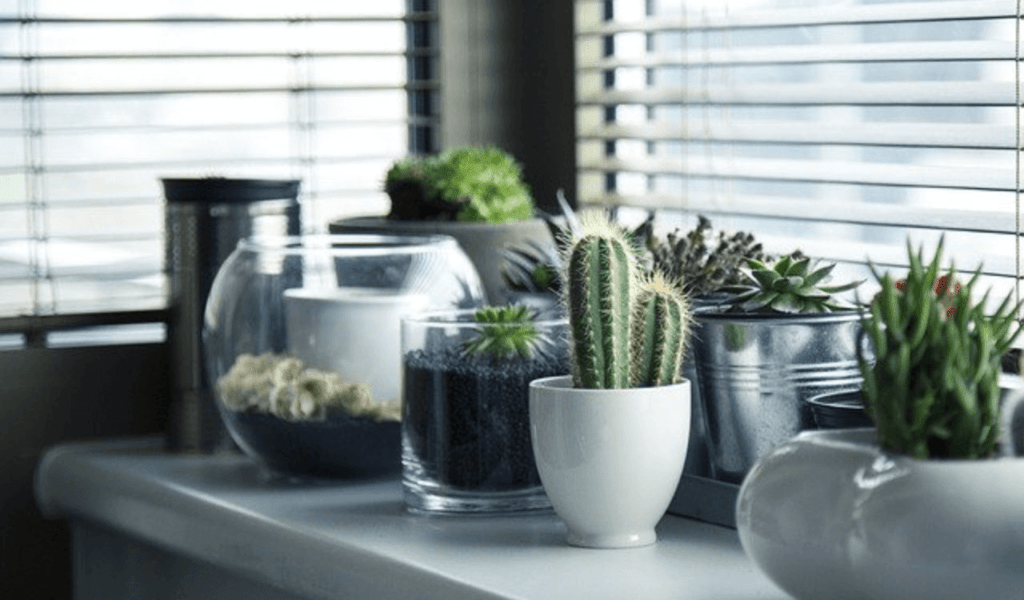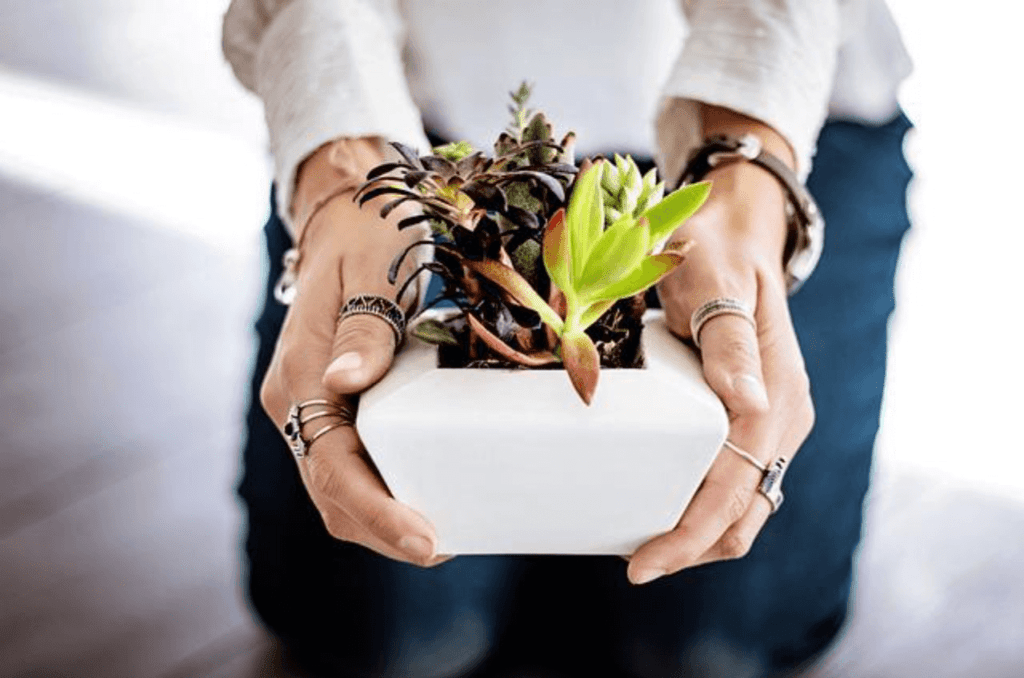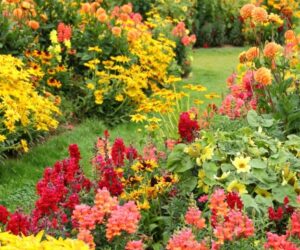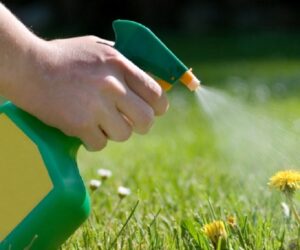One thing to keep in mind when it comes to herb indoor plants is that they can be more challenging than other types of plants because of the controlled environment where they live. Since these plants are not getting natural sunlight and nutrients from the ground, it’s important to be especially diligent in providing them with what they need to stay healthy. Make sure to water your herb indoor plants regularly, and give them a balanced diet of water, light, and soil. If you can keep these things in mind, your herb indoor plants will thrive under your care!
Indoor gardening is a rewarding hobby, but it can be challenging to recreate the ideal conditions of an outdoor garden. Many factors affect plant growth and health indoors, including temperature, light level, humidity levels, and air quality. To have success with indoor plants, you will need to learn more about your environment than you might think necessary. What follows are seven tips for taking care of indoor plants to help you create a thriving indoor garden.

Ensure liquid fertilizers
Indoor plants are a great way to add life and color to an otherwise drab room. But, if you want the plants in your home or office to thrive, then you need to provide them with the right nutrients. Liquid fertilizers can be used on indoor herbs year-round, as they dissolve quickly when watered and have no unpleasant odor. The liquid fertilizer is absorbed by the roots of your plant through a process called osmosis, which makes it easier for them to take up other nutrients like water, so they don’t dry out as easily. This type of fertilizer also comes in different types that cater specifically to certain needs such as pH levels or blooming cycles, so you know what will work best for your particular plant. Finding the best option for your needs and budget, and other ideas from The Indoor Nursery website, are a great resource for a rookie gardener and botanist. Doing research and always learning is the key to success when it comes to keeping your plants healthy and happy.
Start with the right containers
Pots and containers come in all shapes, sizes, and materials. Not all are created equal when it comes to indoor plants, though. Consider the size of your plant and make sure the container has adequate drainage holes. Lightweight plastic pots are inexpensive and work well for small plants, while heavier ceramic pots are good for larger plants that require extra support. If you’re concerned about weight, look for unglazed clay pots that are porous and will help to keep the roots of your plant cooler in the summer months. Whichever type of pot you choose, make sure it has a saucer or tray to catch any water that drains out, so your plant doesn’t sit in water which could lead to root rot.
Choose the right plants for your environment
Not all plants will do well indoors. If you don’t have a lot of natural light, steer clear of plants that require full sunlight, such as succulents. These types of plants will start to stretch and become leggy as they search for light which can make them unstable and more likely to topple over. Snake plants, on the other hand, are great for low-light situations and can even tolerate some neglect when it comes to watering. Once you know how much light your room gets, you can narrow down your plant choices and find ones that will not only survive but thrive in their new home.
Pay attention to temperature and humidity
The temperature and humidity of your indoor space can also affect the health of your plants. Most plants prefer a fairly consistent temperature that is between 65 and 75 degrees Fahrenheit. If the temperature in your home or office fluctuates too much, it can stress out your plants and cause them to drop leaves or stop growing. You can use a humidifier to raise the humidity level if it’s too low, or keep an eye on the moisture in the soil of your pots, so you don’t overwater and make the problem worse.
Group plants together
Indoor plants not only purify the air but also release moisture into the air, which can help to raise the humidity levels. By grouping plants together, you create a mini-ecosystem that is beneficial for all of the plants involved. The increased moisture in the air will also provide a more humid environment for any plants that prefer those conditions. Just be sure not to overcrowd your pots, or else the plants will compete for resources and none of them will thrive.
Give them a regular cleaning
Just like any other item in your home, your indoor plants will collect dust. Giving them a regular cleaning with a soft cloth will help them to stay healthy and look their best. Be sure to wipe down both the leaves and stems, as dust can clog the pores that the plant uses to breathe. You can also mist your plants with water, which will remove any small pieces of debris and help to keep the leaves clean.
Don’t forget about drainage
Indoor plants need drainage just as much as outdoor plants do. If the pot doesn’t have adequate drainage, the roots of your plant will sit in water, which can lead to root rot. Always make sure there is a hole in the bottom of the pot and that it is big enough for water to drain out easily. You can also add rocks or pebbles to the bottom of the pot before adding soil to help with drainage. Using an alternative to soil can also significantly benefit your root system development as it will ensure proper drainage while also aerating the roots.

The 7 tips provided in this article will help you to take better care of your indoor plants, so they can thrive. Whether the plant is small or large, succulent or not, some techniques and tricks will work for any homeowner looking to spruce up their space with a living touch. From how much natural light a room receives to what type of pot you choose, these simple steps should be able to benefit anyone who wants an easy way to brighten their home without having to worry about overwatering (or under-watering) the plants.



